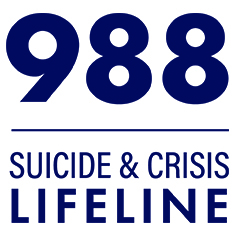6 Myths about Suicide that Every Parent and Educator Should Know
September 09, 2016
Common misconceptions about suicide can make it difficult for parents, school staff, and medical professionals to accurately identify young people who might be at risk. David Jobes, the head of Catholic University’s Suicide Prevention Lab, discussed several of these misconceptions with NPR. First, contrary to the notion that asking people about suicidal ideation increases their risk, “we need to ask, and we need to intervene to actually save lives,” said Jobes. Second, while depression is a risk factor for suicide, most people with depression do not attempt suicide, and many people who engage in suicidal behavior are not depressed. Third, prevention is possible. Said Jobes, “We know very clearly that, with proper identification, proper support and treatments that are suicide-specific, we absolutely can make a difference and save lives.” Fourth, most young people demonstrate warning signs or indicate that they are having suicidal thoughts before an attempt, which presents opportunities for intervention. Fifth, although research on suicide among children below the age of 12 is limited, that age group is also vulnerable to experiencing suicidal thoughts and behaviors. Sixth, when a suicide death has occurred, a school assembly may increase the risk of modeling effects, or contagion. “We really want to have these conversations in smaller groups, especially among those kids who were most affected by the suicide,” said Jobes. “So, just a wholesale didactic event is not necessarily in the school’s best interest. And not necessarily the best way to prevent copycat suicides or additional suicides.”
Spark Extra! Find out more about suicide prevention in schools.
